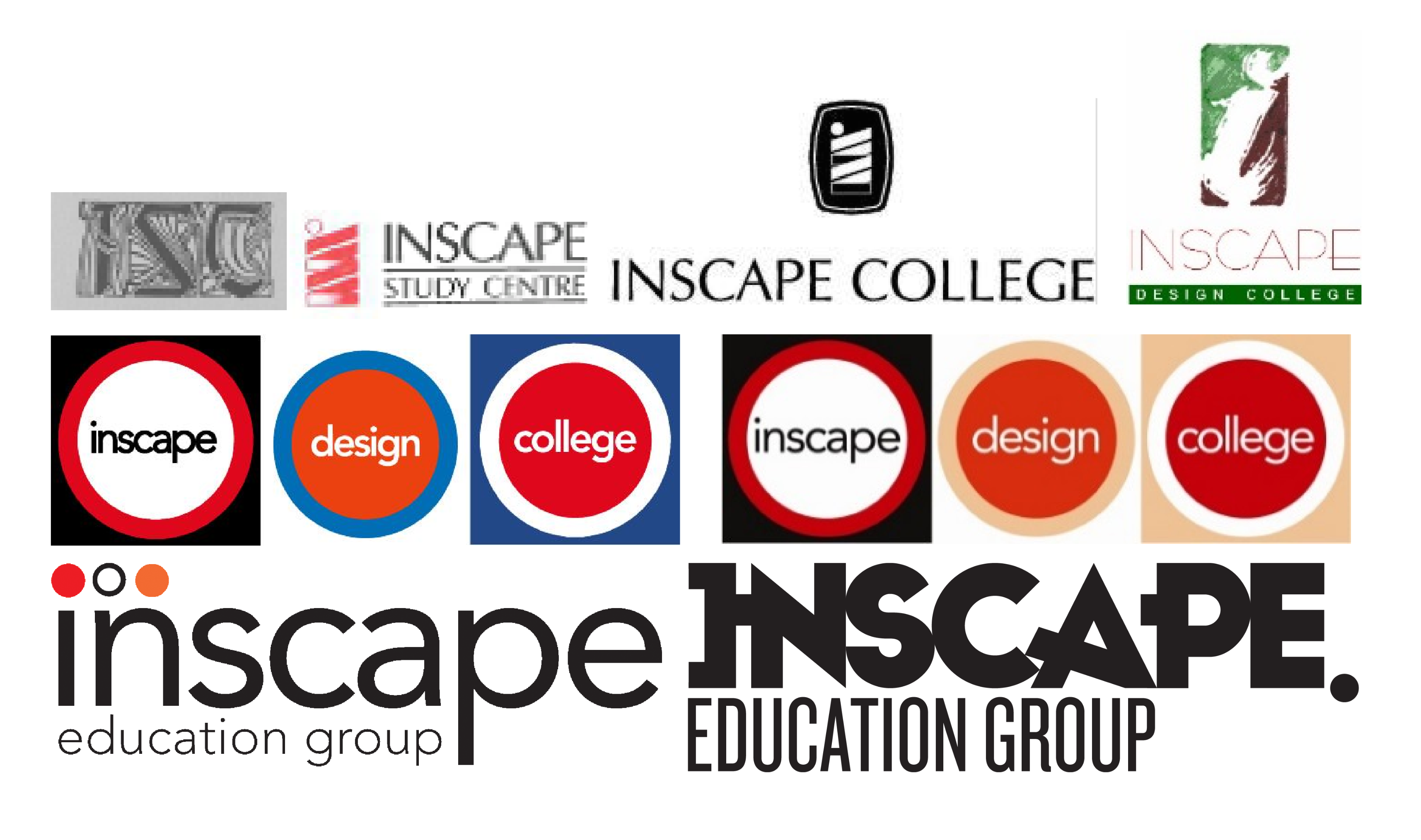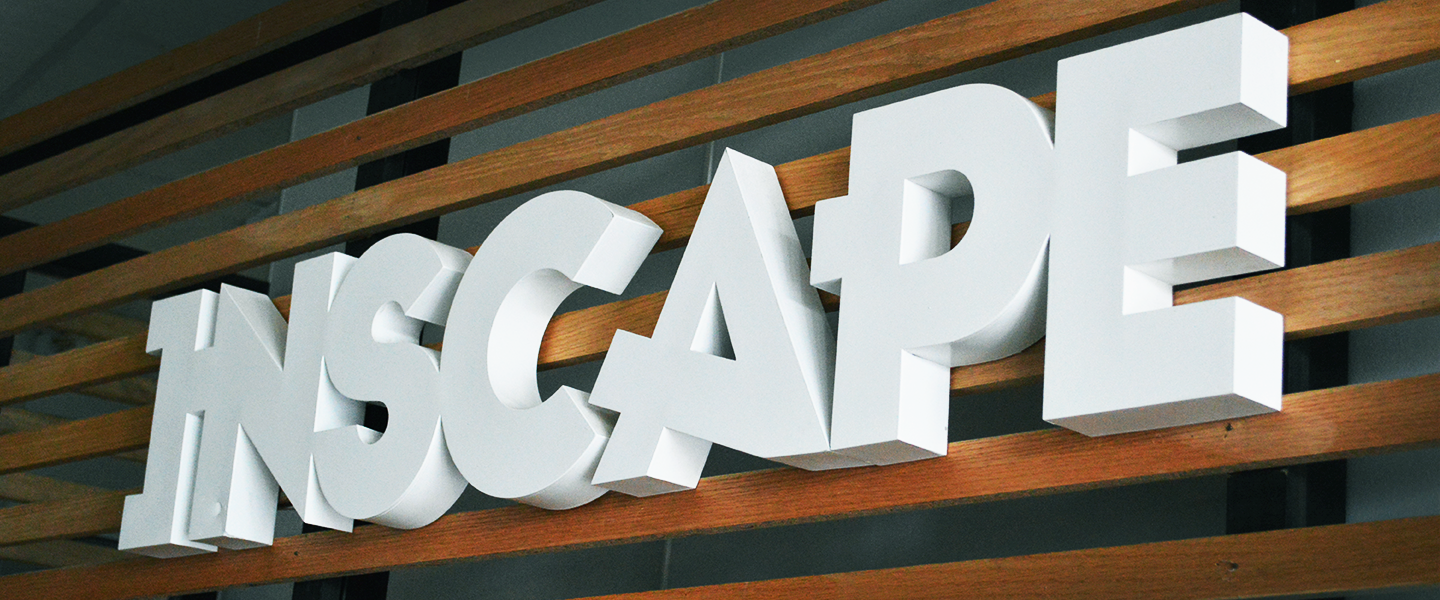Written by Helen Bührs
Principal and Managing Director of Inscape Education Group
A new Era, a new brand, a continued vision…
The image of an organisation is key to communicating the intended message of the company. The responsibility of this message cannot rest solely on the shoulders of a logo developed by a graphic designer. The culture, ethos and core values must be communicated through the people, the product or service and the places they inhabit. This magic is then packaged into a visual message created by the graphic designer.
It is the marketing and communication designer who acquaints himself with the inner workings of an organisation and communicates this to the rest of the design team to ensure that the magic is packaged appropriately. Finally selling the idea to the client and maintaining the implementation through specialised PR and marketing campaigns.
When a company intends to rebrand, it is advisable to include a full design team to ensure that the entire team understands the strategy behind the rebranding exercise and to offer input into the process to ensure the final application is consistent.
Helen Bϋhrs, Thought Leader and Managing Director of Inscape Education shares some insight into the brand evolution over time as well as the most recent rebranding of this leading higher education institution.
It is common practice for a company to rebrand from time to time. Inscape has rebranded 8 times since 1981. As the organisation has developed and matured and changes in the Higher Education landscape have evolved, growth has become apparent.
A diversification of product offering extended the brand to include a wider market and type of individual. The corporate identity of the organisation has developed and evolved alongside these changes.
The many faces of Inscape since its establishment in 1981 – 2016 include;

Why do companies rebrand?
Susan Gunelius, Editor for the AYTM.com blog and author of numerous books about marketing, branding and social media and marketing-related articles that appear on top media websites such as Entrepreneur.com and Forbes.com speaks about companies rebranding to be proactive or reactive.
“Sometimes a company sees a reason to rebrand to seize an opportunity or thwart potential threats in the future. For example, proactive rebranding might include; predicted growth, new line of business or market, a new audience and relevancy.
Other times, companies rebrand in reaction to an event that is so significant that the existing brand must be changed. For example, reactive rebranding might happen in situations like: Mergers or Acquisitions, Legal Issues, Negative Publicity”
In 2011, Inscape intentionally developed products to include new lines of business and market. The growth of product range included; accredited Higher Certificates, Diplomas and Degrees, part-programme Awards and short courses in the Graphics, Fashion, Interior and Architectural careers.
The different types of programmes were each housed under their own visual identity. By providing each type of product with an identity we have been able to characterize them and understand how each product can suitably be matched to individuals who have potential in success by that product. The three brands alongside each other complimented the product and in our eyes reflected diversity.

The resultant effect, however, was a diluted brand that caused confusion and required excessive time and funds to maintain. Whilst each product required its own visual identity at that time it soon became clear to us that the overriding character of all Inscape products is quality that is realized through unique thinking.
After only two years, it was time again, to relook the message being communicated by the organisation and in 2013 we regrouped and put together a multi-disciplinary team of creatives.
The team established to manage the rebrand of Inscape included; ideation specialists, graphic designers, interior designers, fashion designers, interaction designers, audio-visual designers and marketing and communication designers. Together with the minds behind the product, the journey began.
The team were taken through the history of the brand and were exposed to the inner essence of the product, people and places…
The word Inscape was coined by the poet, philosopher and the theologian Gerard Manley Hopkins who was intensely inspired by the natural world. In fact, the term inscape describes the uniqueness of all things natural. To us, each person at Inscape is unique. Hence our slogan… Unique thinking.
The rebrand was planned with the intention of promoting unique thinking as its primary emphasis.
The new brand recognises our proud legacy of emphasis on people and quality. But it also focuses us on our future in innovation. The new logo is modern and assertive; it says we are confident and we mean business. Incidentally the typeface is unique too.

– See more at: http://aytm.com/blog/research-junction/rebranding-essentials-why-rebrand/#sthash.L1BTN0tb.dpuf
Helen, goes on to explain that, the rebranding and positioning of a business is crucial to the success of the business. It is advisable that there is good synergy between the various experts who may be involved in the process. Employing or outsourcing to suitable strategists, designers, marketing and branding experts will determine the outcome of the process. This is not always as simple as it may seem as each expert speaks their own ‘language’.
Marketing and Communication designers, the new term used for modern marketers are able to facilitate the message required by the organization to the designers and then manage the design process ultimately presenting preferred solutions to the organization or client.
The ability to represent a message visually aids the modern marketer to communicate words and imagery interchangeably and spontaneously. A Marketing and Communication designer will be required to fully understand the needs of the organization by facilitating conversation. The design management process is effective and efficient whilst the marketing and communication designer guides the designers with the end goal in sight.
With firsthand experience, the inclusion of the marketing and communication designer in the process convinced Inscape Education Group of the relevance of such a role player and have therefore included this specialty as a stream for their Bachelor of Design programme.
